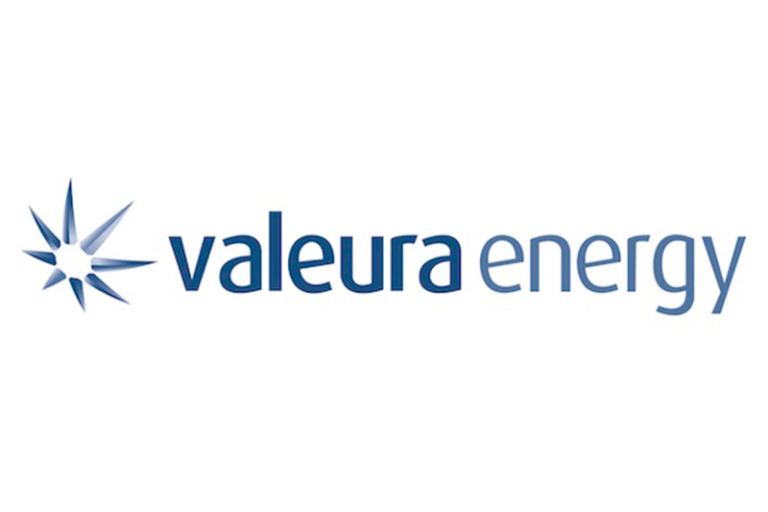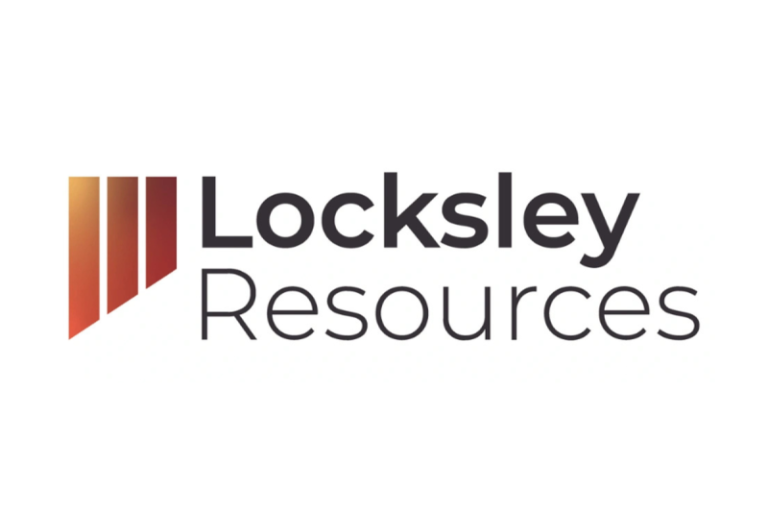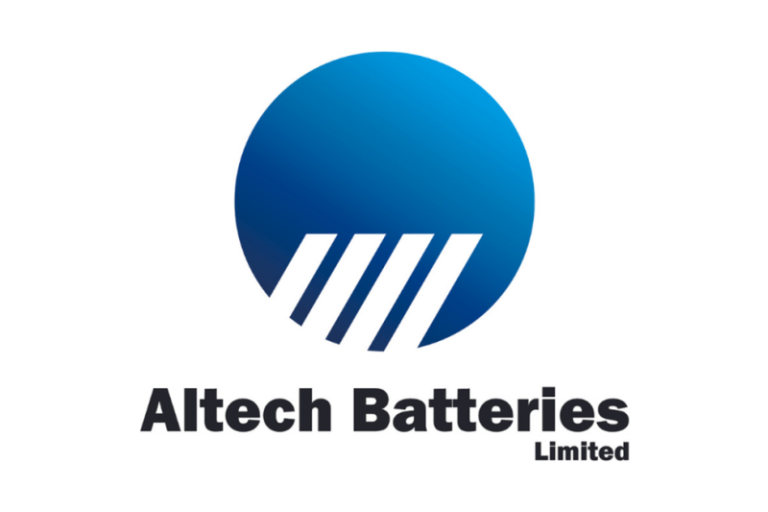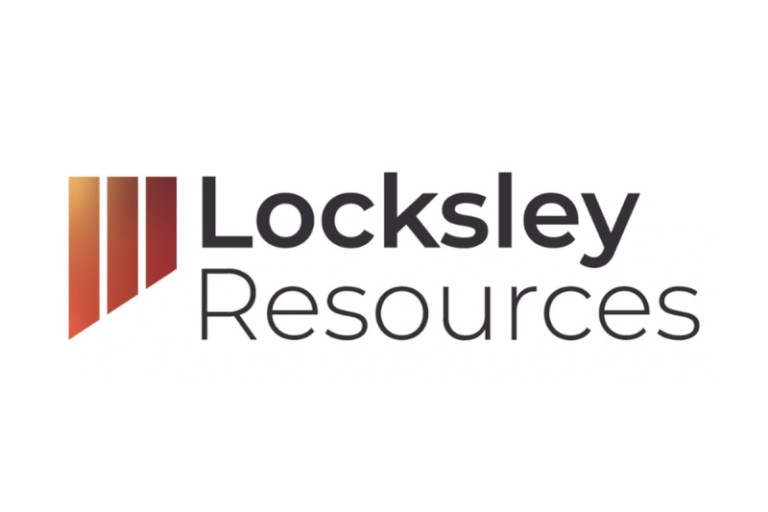Perth, Australia (ABN Newswire) – Locksley Resources Ltd (ASX:LKY,OTC:LKYRF) (FRA:X5L) (OTCMKTS:LKYRF) is pleased to provide a market update on activities across the Mojave Critical Minerals Project in California, where the Company is rapidly advancing numerous parallel workstreams.
Highlights
– Plan of Operations approval for upsized drilling program at Desert Antimony Mine (DAM), subject to receipt of bond
– Locksley has secured a drill contractor for El Campo rare earths drilling in Q4 and is in the process of finalising the expanded drill programactivities and timeline at DAM
– Lidar surface and underground survey completed at DAM, providing detailed 3D mapping of adits and stopes to guide drill targeting and mine design
– Underground sampling program planned at DAM to validate historical grades and support resource definition
– Regional exploration advancing across newly acquired claims, extending coverage to over 40 sq km of the Mojave corridor
– Multiple parallel workstreams reinforce Locksley’s fast-track mine-tomarket strategy for U.S. antimony supply
Locksley has received approval from the Bureau of Land Management (BLM) expanding the Plan of Operations for the Desert Antimony Mine, which will become effective upon completion of the bond payment and receipt of a letter from the BLM that the bond has been accepted, this process is underway.
Following the announcement on 15th September, which outlined a significant enlargement of the exploration program at the Desert Antimony Mine (‘DAM’), Locksley has moved quickly to initiate onground activities across the broader Mojave Project.
Exploration Workstreams
– Drilling: Locksley has secured a drilling contractor for the upcoming exploration program planned for Q4 2025. The drilling at the El Campo rare earths project is designed to target the steeply dipping, structurally controlled mineralised horizon in five locations along the interpreted 860m long NW-SE striking El Campo ‘lode’. This lode hosts elevated REE, as delineated from high-grade rock chip sampling conducted during 2023. The first planned drillhole is designed to target the down-plunge El Campo outcrop dipping to the SW.
– LiDAR Surveying – DAM: A comprehensive LiDAR survey of underground adits and stopes has been completed, providing data to inform both program drilling design and future mine planning.
The underground LiDAR survey will expand Locksley’s knowledge of historic antimony production. It will also provide a 3D wireframe model of the historic underground mine, which will assist with future drill targeting aiming to delineate un-mined high-grade antimony mineralisation along strike from the historic stopes. The LiDAR survey team deployed an Elios 3 with the Rev7 LiDAR payload to map the internal spaces of the underground mine, while the team also operate the DJI M350 RTK drone equipped with the L2 LiDAR payload to capture imagery for surface mapping.
The dataset will enable the contractors to accurately integrate and geospatially align all underground scans, ensuring a comprehensive and precise 3D model of the Desert Antimony mine site.
– Underground Sampling – DAM: Systematic sampling of underground workings at DAM will commence in the near term, designed to further evaluate grade continuity and confirm historical production records.
An adit located ~50m to the south-east of the historic Desert Antimony smelter will be used to conduct UG mapping and sampling which will progress Locksley’s understanding of subsurface stibnite bearing quartz-carbonate vein orientation, grade and continuity. Two stopes crosscutting the main orientation of the adit still contain timber beams and ladders that were used for mining during the late 1920’s and 1930’s.
Evidence of sheeted massive to semi-massive stibnite bearing quartz-carbonate veining is observed to be dipping sub-vertically to the west and north-west and run parallel to the orientation of the stopes.
– Broader Exploration Activities:
o Field sampling: Regional reconnaissance and claim wide sampling will commence later this month, extending coverage across the newly acquired tenure and prospective corridors.
o Geophysics: Locksley is currenting reviewing the optimal geophysical methods to evaluate its expanded land position. Technics including airborne magnetic, radiometric surveys, Induced polarization, gravity survey and passive seismic are being evaluated. Airborne geophysics has the potential to provide additional REE anomalies that may be associated with REE-bearing carbonatite intrusions, similar to the Mountain Pass REE deposit.
o Stream sediment and rock chip sampling: Wide-spread regional stream sediment and rock chip sampling are planned across the entire North-western Block, South Block, and areas of the newly expanded North Block using coarse fraction stream sediment sampling methodology. Ongoing mapping coinciding with outcrop rock sampling will also assist in providing potential REE, antimony and base metal geochemical anomalies within the Mojave Project’s land tenure.
Kerrie Matthews, Chief Executive Officer of Locksley Resources, commented:
‘Since commencing as CEO, my focus has been on advancing Mojave through multiple, parallel workstreams. The exploration team is rapidly progressing technical programs, from securing a drill rig to underground sampling and Lidar surveys at the Desert Antimony Mine. With the Plan of Operations now approved pending bond finalisation, we are commencing activities to prepare for the initial drilling at the El Campo REE target. The team and I are extremely focused on our fast-track mine-to-market strategy and it positions Locksley to deliver near-term U.S. antimony supply into critical defense and energy supply chains.’
About Locksley Resources Limited:
Locksley Resources Limited (ASX:LKY,OTC:LKYRF) (FRA:X5L) (OTCMKTS:LKYRF) is an ASX listed explorer focused on critical minerals in the United States of America. The Company is actively advancing exploration across two key assets: the Mojave Project in California, targeting rare earth elements (REEs) and antimony. Locksley Resources aims to generate shareholder value through strategic exploration, discovery and development in this highly prospective mineral region.
Mojave Project
Located in the Mojave Desert, California, the Mojave Project comprises over 250 claims across two contiguous prospect areas, namely, the North Block/Northeast Block and the El Campo Prospect. The North Block directly abuts claims held by MP Materials, while El Campo lies along strike of the Mountain Pass Mine and is enveloped by MP Materials’ claims, highlighting the strong geological continuity and exploration potential of the project area.
In addition to rare earths, the Mojave Project hosts the historic ‘Desert Antimony Mine’, which last operated in 1937. Despite the United States currently having no domestic antimony production, demand for the metal remains high due to its essential role in defense systems, semiconductors, and metal alloys. With significant surface sample results, the Desert Mine prospect represents one of the highest-grade known antimony occurrences in the U.S.
Locksley’s North American position is further strengthened by rising geopolitical urgency to diversify supply chains away from China, the global leader in both REE & antimony production. With its maiden drilling program planned, the Mojave Project is uniquely positioned to align with U.S. strategic objectives around critical mineral independence and economic security.
Tottenham Project
Locksley’s Australian portfolio comprises the advanced Tottenham Copper-Gold Project in New South Wales, focused on VMS-style mineralisation
Source:
Locksley Resources Limited
Contact:
Locksley Resources Limited
T: +61 8 9481 0389
E: info@locksleyresources.com.au










